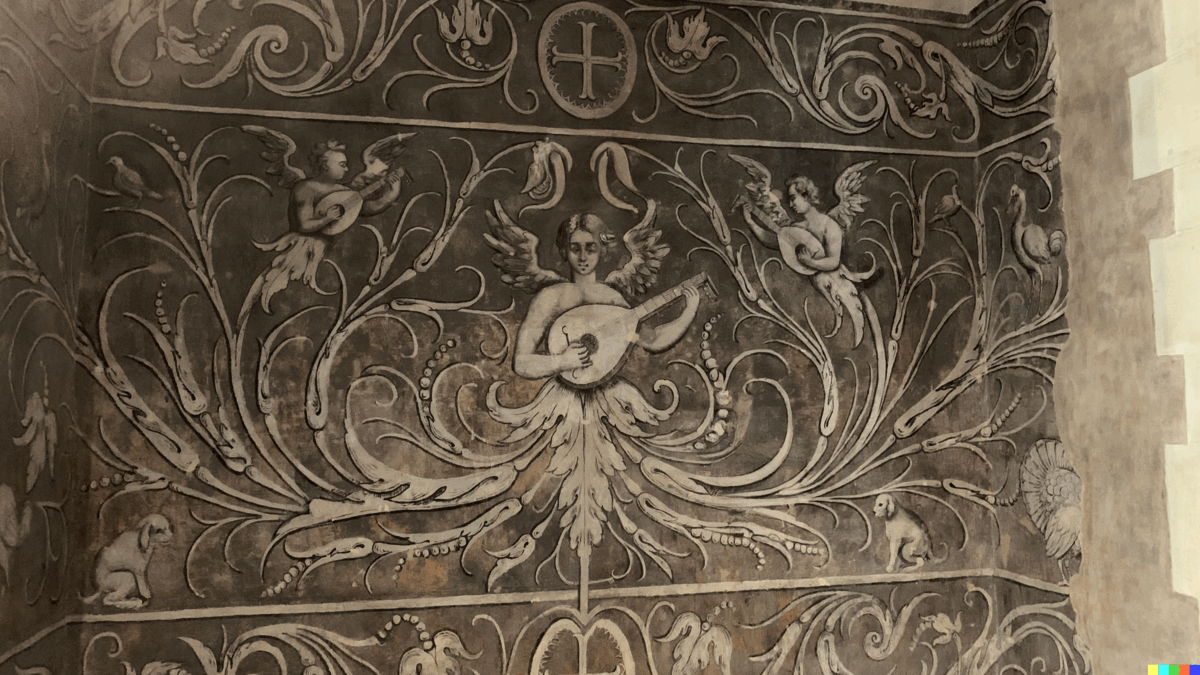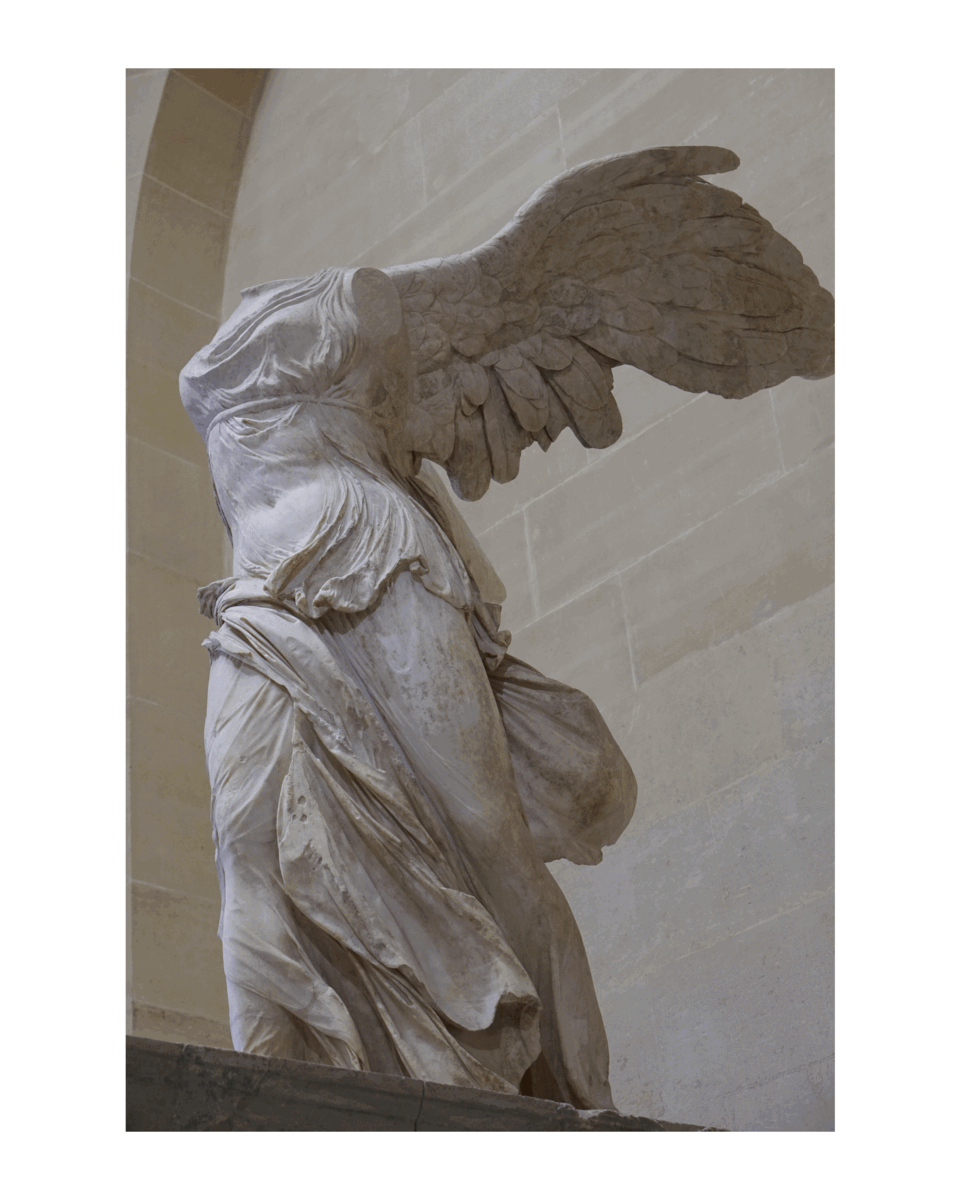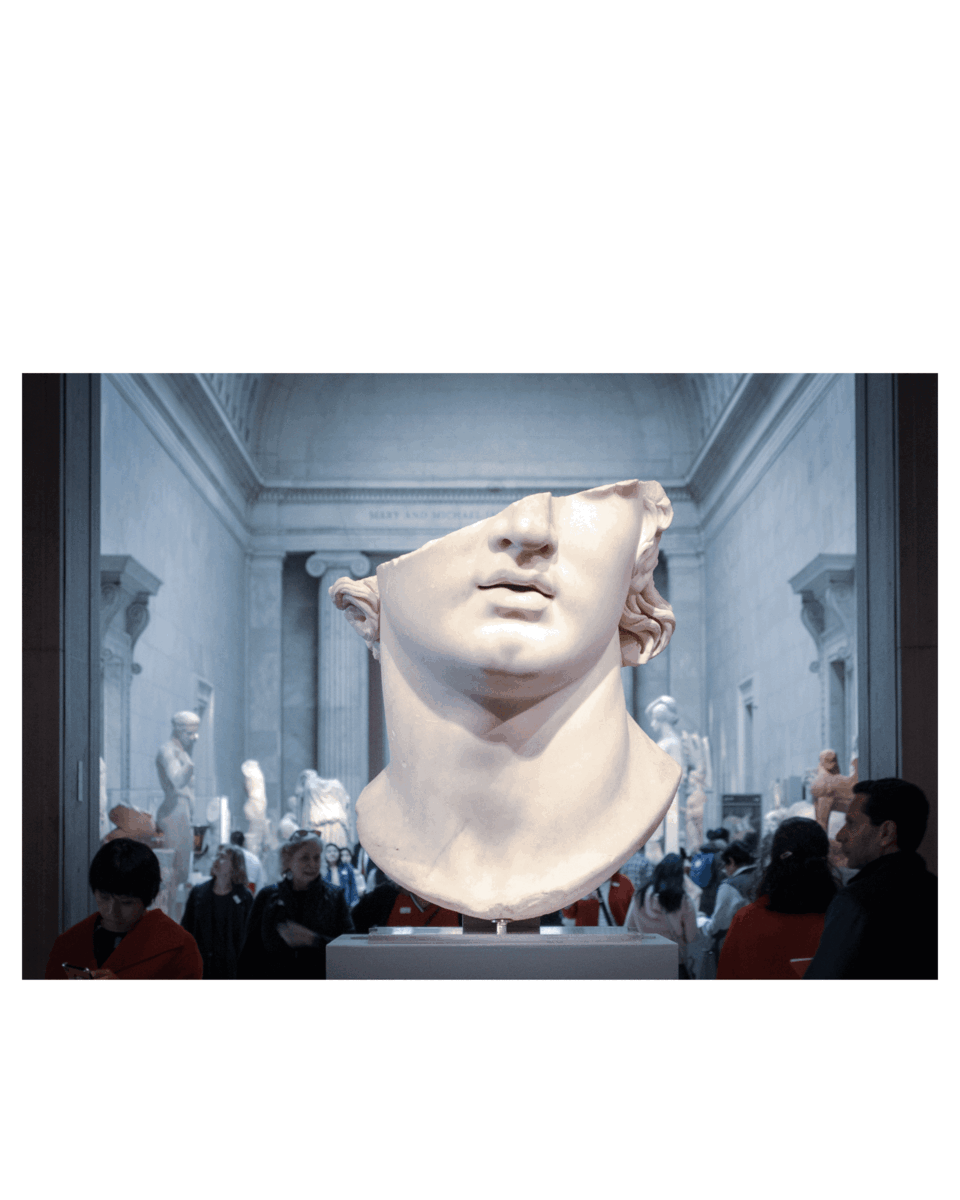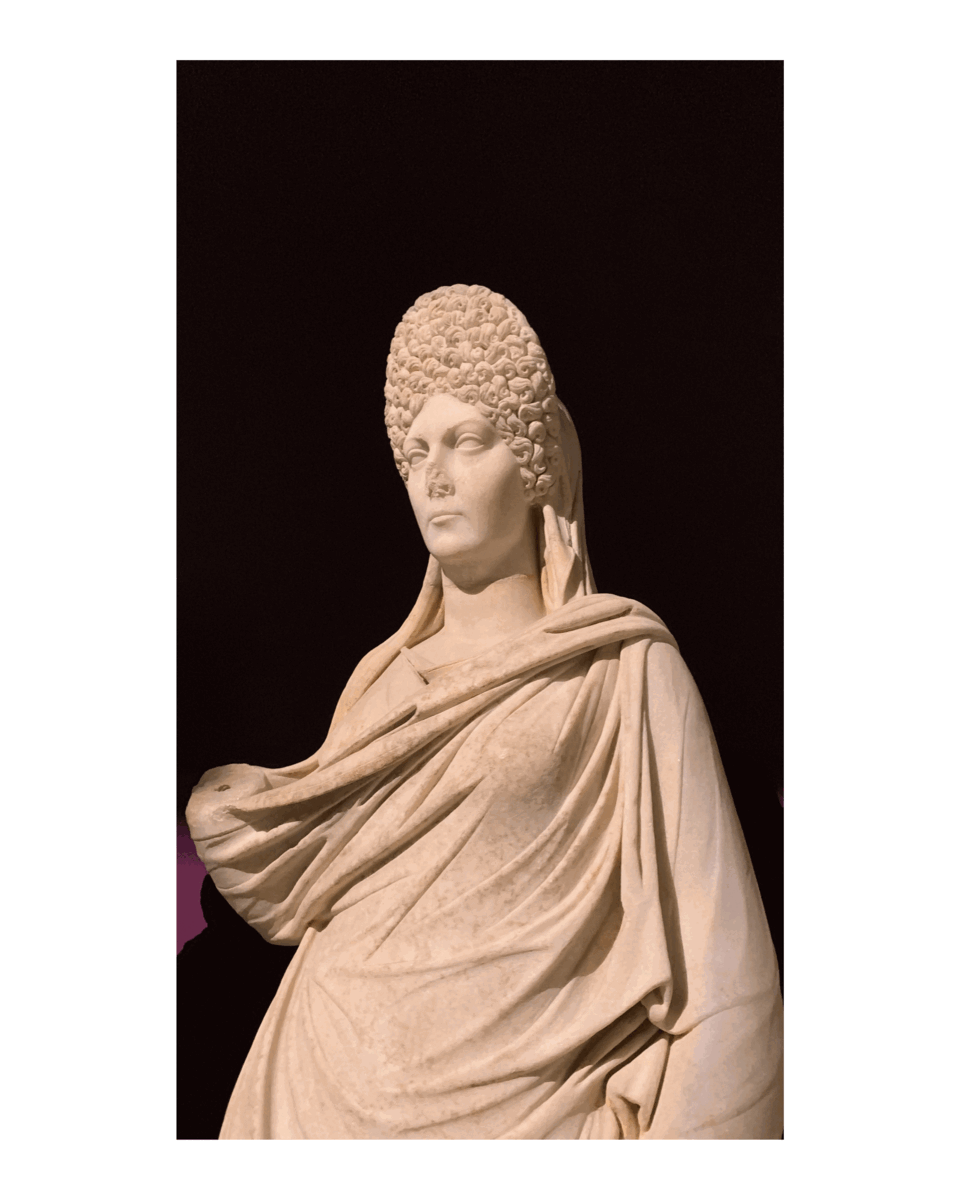AI assisted Restoration
Art and history are integral to human civilization, connecting us to our ancestors and providing glimpses of our shared past. As time passes, many priceless artifacts and artworks become damaged, leaving us with mere fragments of their original beauty. Enter the world of AI assisted restoration, where cutting-edge technology meets cultural heritage preservation.
This case study documents the journey of a creative technologist who traveled thousands of kilometers to capture and restore damaged artifacts and artworks using AI. Discover the potential of AI in preserving and revitalizing cultural treasures, and learn how this groundbreaking approach can educate and inspire people about the possibilities of AI in the cultural heritage sector.
The Journey Begins
Inspiration Behind the Project: The project was inspired by a deep passion for history, art, and creative technology. The goal was to harness the power of artificial intelligence to breathe new life into damaged cultural artifacts and artworks, demonstrating the potential of AI-assisted restoration in preserving our shared cultural heritage.
Objective: The primary objective of this project is to showcase the potential of AI-assisted restoration in preserving and revitalizing cultural treasures. By using AI to repair damaged artifacts and artworks, we can demonstrate the power of technology to make a positive impact on the preservation of cultural heritage, while educating and inspiring people about the possibilities of AI in this domain.
Restoration Examples
In this section, we will highlight several AI-assisted restoration examples, showcasing the effectiveness of the tools, techniques, and workflow employed throughout the project. Each example includes a brief description of the restoration process and any unique challenges encountered.

Belgium, Antwerpen, Cathedral of Our Lady:
A mural painting on the wall had small patches missing. Using AI algorithms and DALL-E outpainting, the missing portions were seamlessly filled in, restoring the mural to its original splendor.

Netherlands, Utrecht, Domkerk:
A mural statue required AI-assisted restoration work, with two alternative outcomes generated. The first attempt used initial research on terminology to guide the process. The second attempt, building on the knowledge gained from the first, resulted in a more refined and accurate restoration.
France, Louvre Museum:
An AI-assisted restoration attempt was made on The Winged Victory of Samothrace's head. Two versions were created to avoid potential misinformation and offer alternative interpretations of the restored head.


USA, New York, The Met:
A youth statue from Pergamon was missing half of its structure. AI algorithms were used to reconstruct the missing portion, offering a glimpse of the statue's complete form.
Visualizing potential
with AI assisted Restoration.
Image to Video with Runway Gen-2.
Türkiye, Ephesus Archaeology Museum:
Minor touch-ups were applied to the face of Artemis of Ephesus using AI. For added fun and audience engagement, a few tiny faces were also incorporated into the frame.


Türkiye, Sagalassos Ancient City:
A marble mural of a female statue was restored using AI, offering a potential interpretation of the statue's original appearance.
Türkiye, İstanbul Archaeology Museums:
Patching an ancient tile depicting a citizen holding a lion's head


Türkiye, İstanbul Archaeology Museums:
Fixing the nose of a Zeus statue
Türkiye, İstanbul Archaeology Museums:
Repairing the nose of a female ancient citizen statue

Netherlands, Lebuïnuskerk:
A mural painting in Lebuinuskerk was restored using AI, repairing damaged areas and experimenting with different colors and styles. A short video was created to showcase the before-and-after transformations, demonstrating the potential of AI-assisted restoration in art preservation.
Tools, Techniques, and Workflow
Tools: Several tools were used throughout the restoration process, including:
-
AI algorithms for image analysis and restoration
-
DALL•E outpainting for generating missing or damaged parts of the artifacts and artworks
-
Upscaling AI for enhancing the resolution of the images
-
ChatGPT for ideation and prompt engineering to guide the restoration process
Techniques: Various techniques were employed during the project, such as:
-
Ideation: brainstorming and generating ideas for the restoration process
-
Prompt engineering: carefully crafting prompts to guide the AI in generating desired outputs
-
Image analysis: studying the original artifacts and artworks to understand their context and identify areas for restoration
-
Restoration: using AI algorithms to repair damaged parts of the artifacts and artworks
Workflow: The restoration process followed a structured workflow, which included:
-
Capturing high-quality images of the damaged artifacts and artworks
-
Pre-editing and upscaling the images using AI to enhance their resolution and quality
-
Ideating with ChatGPT to generate prompts and terms for guiding the restoration process
-
Restoring the artifacts and artworks using DALL-E outpainting, guided by the generated prompts
Ethical Considerations and Avoiding Misinformation
In utilizing AI-assisted restoration for cultural heritage artifacts and artworks, it is crucial to consider the ethical implications and potential misinformation that could arise from these processes.
The following measures have been taken to ensure responsible and transparent practices:
-
Clear communication: All AI-assisted restoration work is explicitly labeled, making it clear that the results are generated by artificial intelligence and not based on historical records or expert knowledge.
-
Offering alternatives: By presenting multiple versions of the restored artifacts, we avoid suggesting a single, definitive interpretation. This approach encourages open dialogue and critical thinking while acknowledging the inherent uncertainties in restoration work.
-
Collaboration with experts: Collaborating with restoration experts and art historians provides valuable insights and guidance, ensuring that the restoration work aligns with accepted practices and methodologies.
-
Ongoing learning and improvement: Continually refining the AI algorithms and techniques used in the restoration process helps to minimize inaccuracies and improve the overall quality of the results.
Conclusion and Future Prospects
This case study has demonstrated the potential of AI-assisted restoration in the preservation and revitalization of cultural heritage artifacts and artworks. By employing innovative tools, techniques, and a structured workflow, we have showcased the power of creative technology in the field of cultural preservation.
Moving forward, there are ample opportunities for growth and development in AI-assisted restoration. Continued collaboration with experts and interdisciplinary research will help refine the restoration process and improve the accuracy of the results. Additionally, embracing open-source projects and knowledge-sharing can accelerate the development of new techniques and tools, empowering more professionals to contribute to the preservation of our cultural heritage.
As AI technology advances, we can expect to see even more innovative applications in the world of art and cultural preservation. By maintaining a strong commitment to ethical practices and avoiding misinformation, we can ensure that these advancements will have a positive impact on the future of our shared cultural history.


